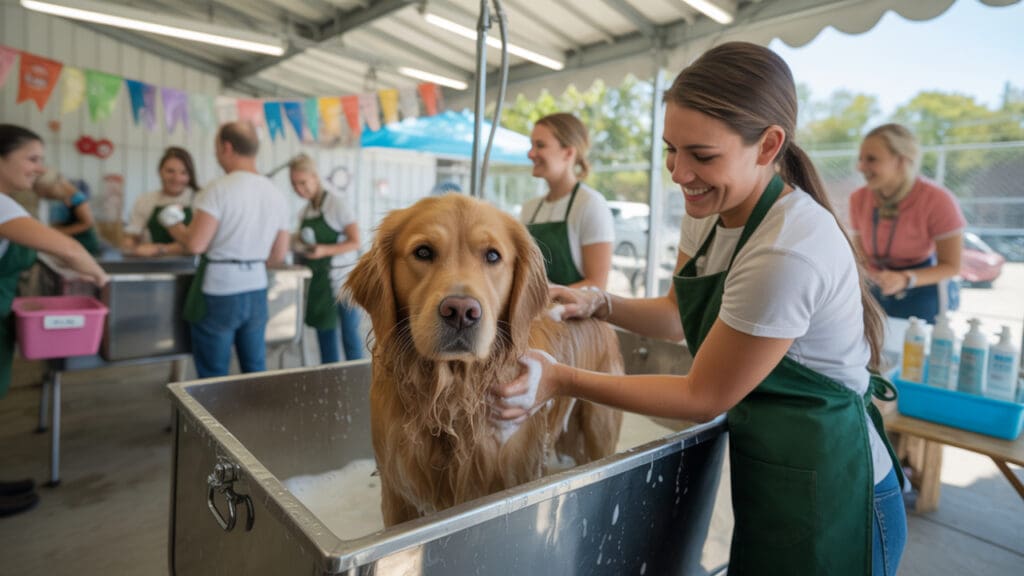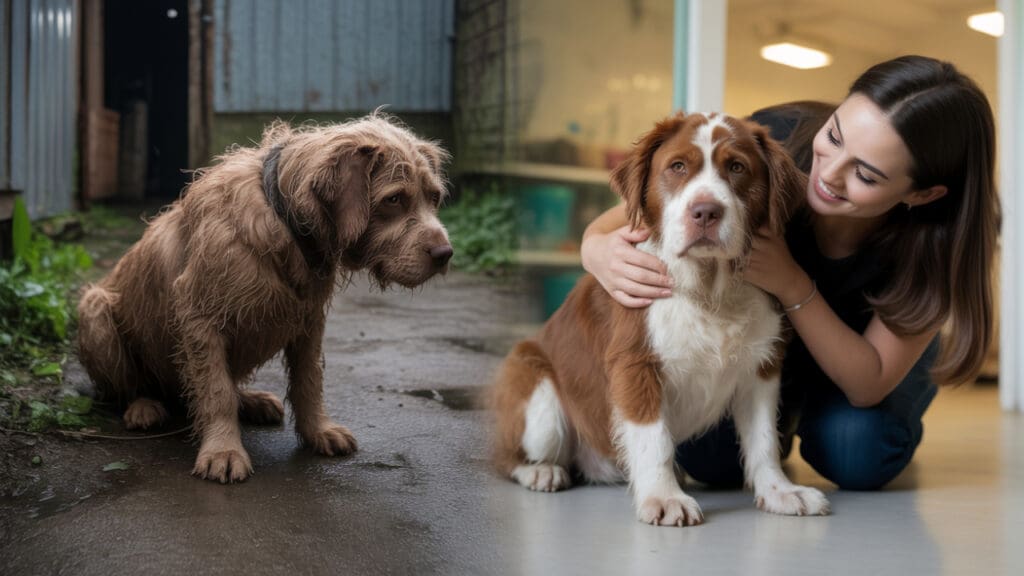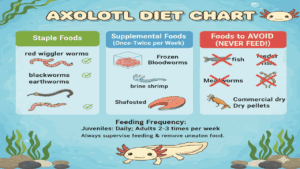Animal Shelter Fundraising Ideas (2025): Expert Tips on Creative Events, Virtual Campaigns, Costs, and Mistakes to Avoid
You ever wondered how those animal shelters survive, having to take care of so many animals? See, you might not know this. But they’re often struggling with a crowded kennel and rising medical bills. Let’s not mention how volunteers can stretch so thin sometimes.
That’s why implementing animal shelter fundraising ideas that work effectively is very important. It helps the animal shelters to continue in operation and on their mission to save those animals in need.
The money raised can help cover expensive medical treatments for animals, which, by the way, can go up to the thousands. Issues with food and supplies can be solved, too.
And the money used on expansion could really help prevent shelters from turning an animal away due to the lack of space. Think about how heartbreaking that’d be otherwise.
Now, you may think that animal shelter fundraising ideas should involve a large budget or fancy galas. But actually, a low-cost grassroots campaign can succeed just as well, perhaps more consistently. Even virtual auctions work wonderfully, and these cost almost next to nothing to run.
That said, if you’re implementing a fundraising idea, remember to share your specific goals and donor updates. Nonprofit experts say that these can raise the efficiency up to 40% or more. On the other hand, neglecting follow-up might mean losing long-term support.
Now, let’s take a look at some strategies that go far beyond your typical bake sales. They might just transform how we rally behind the animals that need them most.
Animal Shelter Fundraising Ideas: Why Fundraising Is Essential

Now, it’s no secret that money is necessary to keep our lives going. And that’s no different for animal shelters as well. They rely on fundraising as something closer to a lifeline.
After all, shelters often face the financial pressure of covering the animals’ food and vet care, not to mention they have to upkeep the facility and pay their staff as well.
Yes, they do get some money from public donations and adoption fees. But these rarely stretch far enough to cover most demands. That means effective animal shelter fundraising ideas are needed to keep their doors open. And our, the community’s, support is critical.
Let’s take medical costs as an example. The treatment for a single dog with heartworm can set the shelter back hundreds or even thousands of dollars. So, think about how much more a surgery could cost. When multiplied by dozens or even hundreds, the numbers become just overwhelming.
Perhaps you’re thinking that government funding covers most of the shelter expenses. But in reality, these municipal budgets usually only help support some basic operations.
And that means shelters have to fend for themselves when it comes to raising funds for medical care, enrichment programs, and community outreach.
Also, you should know that fundraising is important to build trust within the community. Experts say that donors are likely to feel more personally connected to the animals’ welfare with such practice. And the emotional investment often leads them to contribute repeatedly.
If you’re part of a shelter, running one, or simply want to support one, know that fundraising means both collecting money and sustaining a compassionate network.
Experienced shelter managers say there’s no need to go big. Something low-cost and community-friendly can work just fine. And the financial help can, in turn, go beyond addressing necessities, giving rise to opportunities for education, awareness, and stronger adoption rates.
2025 Animal Shelter Fundraising: The Data-Driven Landscape

According to the latest 2024 data from Shelter Animals Count, while animal shelter intakes decreased by 1.4% compared to 2023 (representing 83,000 fewer animals), many shelters continue operating at or above capacity due to longer stays and reduced adoption rates. This isn’t just about feeling good; it’s about strategic survival in an increasingly challenging environment.
The Donor Psychology Shift: Donors in 2025 aren’t just giving to a cause; they’re investing in outcomes. They demand transparency and measurable impact. Research shows that personalized campaigns featuring specific donor segments and targeted messaging achieve significantly higher engagement, with better click-through rates and more unique clicks. Your strategy must reflect this shift toward data-driven, personalized appeals.
The Hybrid Model is Non-Negotiable: The most successful shelters in 2025 aren’t choosing between in-person and virtual events; they combine both. A “Mutt Strut” fun run should include a parallel virtual race option and a live-streamed finish line celebration, maximizing reach and revenue while accessing diverse donor demographics.
Gaming and Streaming Revenue Potential: The $187.7 billion global gaming industry presents unprecedented opportunities. In 2020 alone, over $83 million was donated through Twitch, representing just one platform in the rapidly expanding “Gaming for Good” movement, which reaches younger, tech-savvy donors that traditional fundraising often misses.
Core Fundraising Ideas for Animal Shelter Programs

You probably have an image in your head of what fundraising looks like. Typical bake sales or car washes, perhaps? For animal shelters, the safest starting point usually involves some tried-and-true methods that combine community participation with consistent financial support.
One of the most effective strategies is hosting adoption events paired with donation drives. Look at it from the other side. Prospective owners and community members like us are more likely or willing to donate when we see our contributions making a direct impact.
For example, if we see that our money is put into good use to help a dog find their forever home through programs like this, then there’s no doubt we are making a difference.
Now, if you’re running such events, you can try minimizing costs by partnering with local businesses for supplies or even space. It can be quite taxing. But the payoff is real in getting both donations and creating long-term advocates.
Another cornerstone idea is organizing community-based activities like fun runs, pet-friendly fairs, or raffles. For these, you’ll typically need to invest some money upfront, like getting a permit or purchasing promotional materials. Having a local sponsor can help tremendously.
Also, don’t underestimate the power of marketing. You’ll need a clear outreach. If you want to keep the cost low, experts would suggest focusing on grassroots promotion through schools, libraries, and social media.
Conventional donation jars and supply drives are still reliable, and most importantly, low-cost. You might think they look simple. But they can add up fairly quickly when you place them in a popular community spot, like a grocery store or vet clinic.
DIY efforts by volunteers work, too. A yard sale or a bake sale might not seem like much. But they can generate rather steady supplemental income for shelters. And there’s virtually no overhead.
Creative and Unique Fundraising Ideas for Animal Shelters

Now, other than the traditional or conventional ideas, you might want to give the creative side a spin. After all, the most memorable fundraisers are the ones that surprise people. But remember, these should help create emotional connections between donors and the animals they’re helping.
One great way to do this, and it’s probably gaining more popularity as we speak, is the pet photo contest. Essentially, you’ll just need the community members to submit their best animal snapshots for a small entry fee.
You’re unlikely to need to fork out much for organizing this campaign. You just need a social media page and a simple online voting tool. The engagement might just surprise you. You know how we all want to showcase our pets.
What’s more, if things go well, you’ll benefit from both the funds raised and the viral visibility. The latter, especially, can draw more attention in making future campaigns a success.
Also, you should probably offer a prize to the winner. It doesn’t have to be something big, but it should be meaningful. Something like a gift card or a featured calendar spot. A prize, to some extent, can spark higher participation.
Another unique approach is offering “sponsor a paw” or “kennel naming” programs. It works like this. For a set donation, one can sponsor the care of a specific animal or support a kennel for a month. They’ll have their names displayed on the animals’ cages and even online.
This method can be rather powerful in personalizing the donation initiatives, meaning the donors know exactly where their money goes. But make sure to provide updates. You want the donors to feel connected, after all. A thank-you note or photo update will work. It keeps their enthusiasm high and encourages repeat support.
If possible, you can also tailor your creative events to your community. Maybe a dog yoga class or an art show featuring animal-themed work (some people really like the latter, by the way). A “mutt strut” parade, essentially a fun, community dog-walking event, can work, too.
Virtual Fundraising Ideas for Animal Shelters and Nonprofits
This is no surprise to all of us. After all, the digital age has pretty much transformed how non-profits can connect with supporters, and that goes for animal shelters as well. Virtual animal shelter fundraising ideas can reach beyond the immediate community.
What’s great about these virtual initiatives is that they usually cost only a fraction of what traditional events might. And the online campaigns are scalable. That means even a small shelter can engage hundreds or even thousands of people, provided you use the right strategy.
One powerful idea is hosting an online auction. Here’s the gist. Shelters can reach out to local businesses and ask them to donate items or services. These items can then be listed online. And supporters can bid from the comfort of their homes.
You won’t need to worry too much in terms of cost with this method. Most of the expenses are tied to only platform fees or payment processing. Yet, you should know that the revenue can be quite significant, especially if you include some exclusive items like pet portraits or private training sessions.
One thing you need to take note of is that you should follow up with consistent email and social media outreach. Otherwise, it’s very common to see the participation rate dropping. In other words, the one running the event should plan a marketing timeline in advance.
Another effective idea is a livestream fundraising event. Try livestreaming something like “behind-the-scenes at the shelter” tour, or do a Q&A with your veterinarian. It can spark engagement and let viewers donate in real-time.
Remember, a livestreaming event should be personal and interactive enough to build trust and loyalty. Non-profit experts also say that we should add a “donate now” link directly on the stream. It can increase contributions, sometimes by up to 30%.
Crowdfunding campaigns also work online. You can use platforms like GoFundMe or Facebook Fundraisers. They can help highlight the shelters’ specific needs. But make sure you nail the storytelling. Use photos, videos, and emotional narratives consistently to make the experience personal rather than generic.
Animal Shelter Fundraising Ideas: Common Misconceptions
Perhaps you’re an animal lover wanting to support the shelters out there. Or maybe you’re part of a shelter wanting to contribute ideas. But many circulating myths are discouraging you from taking the first step. Let’s take a look at some of these to help you gain a better perspective.
One common belief is that fundraising ideas for an animal shelter should always involve a large budget and a big event. Actually, a lot of effective fundraisers are often low-cost and, most importantly, community-driven. Think donation jars or social media campaigns.
Nonprofit strategists say that money isn’t really the big issue here. It’s time and consistency. These two factors usually determine better long-term results.
The next misconception is that shelters are already fully funded by government agencies. That’s not true. Municipal funding may cover some basic shelter operations. But they are rarely enough to cover for medical emergencies, enrichment programs, or outreach events. Fundraising is meant to fill in the gaps left by limited budgets.
Next, there’s a persistent myth that only large shelters in urban areas can raise substantial amounts. The potential, in theory, is there. But smaller, rural shelters can usually succeed because of their close-knit communities.
Something like a “sponsor a pet” program can usually feel a lot more personal and meaningful than something large-scale. This helps donors feel engaged and appreciated. The trick is to adapt the fundraiser to local needs.
Animal Shelter Fundraising Ideas: Best Practices for Successful Campaigns
Remember, a successful fundraiser should help you collect money and build trust. It needs to foster community and make sure that the support is long-term. Ideally, you’d want to turn that one-time donor into a lifelong advocate. Let’s take a look at some practice that can help with this.
First, you should know that transparency is key. Think of your donors. They’ll want to know exactly where their money goes (or at least we would want to know). Share your specific goals. For example, mention you’re raising $2,000 for vet care or covering three months of food. The detail can help create urgency and accountability.
Some non-profit experts even mention that campaigns with clear cost breakdowns can raise up to 40% more than vague appeals. You should never assume that people will donate without context.
Second, invest in marketing. Don’t sell this short. Make sure you update your social media pages, send out emails, and engage with local press. It helps drive participation. And to maximize efficiency, plan a promotional calendar, use storytelling with real animal cases, and encourage volunteers to amplify the message.
Third, you should always follow up. Send a thank-you note, a photo, or even just a quick update after your campaign. This can help build trust for future appeals. Try highlighting their impact. Something like “Your donations helped Daisy the cat receive lifesaving surgery” is personal and may boost donor retention.
Remember, fundraising ideas for shelters don’t have to be that complex. They should build on these three principles: clarity, consistency, and connection.
The Retention Funnel: How to Turn One-Time Donors into Lifelong Advocates
The “Thank You” Sequence (The 1-Hour Rule)
Mandate that every online donor receives an automated, personalized email receipt within 1 hour. Within 24 hours, send a separate, human-written email from a specific staff member (“From: Sarah, Shelter Manager”) thanking them by name. Personalized emails generate significantly higher engagement, making this extra step financially worthwhile.
The Impact Update (The 7-Day Rule)
One week after the donation, send an update without asking for money. Example: “You helped us hit our goal! Thanks to you, Bella the three-legged pup got her surgery. Here she is taking her first happy hop in recovery.” Include photos or video evidence. This closes the psychological loop and shows donors that their contribution created tangible change.
The Re-engagement Ask (The 90-Day Rule)
After a quarter, invite donors to low-stakes, behind-the-scenes events (virtual or in-person). Example: “You’re a valued member of our rescue family. Come see the new cattery your donations helped build!” This transforms donors from one-time givers into emotionally invested community members.
Cost & Time Reality Check:
- Email sequence setup: 8-10 hours initial investment
- Ongoing management: 2-3 hours weekly
- Potential revenue increase: Proper donor stewardship can improve retention rates by 25-40%, dramatically increasing lifetime donor value
- ROI timeline: Noticeable improvement within the first quarter of implementation
Animal Shelter Fundraising Ideas: Frequently Asked Questions
Thinking of supporting all the animal shelters out there as a donor or a volunteer? Perhaps you’re still mulling over a few burning questions. Let us help you by presenting ten frequently asked questions that could clear your doubts.
1. What is the most profitable fundraiser?
You can see that large-scale events like charity auctions, gala dinners, or community walkathons tend to generate the highest revenue. That’s because they combine multiple income streams, including ticket sales, sponsorships, and donations.
2. What is the biggest problem in animal shelters?
Overcrowding and underfunding are likely the two biggest challenges. Know that many shelters struggle to provide enough space, medical care, and staff for the animals in their care.
3. What do animal shelters need the most of?
Shelters most urgently need consistent financial support, food, veterinary supplies, and volunteer time. These essentials are important to make sure that the animals receive proper daily care.
4. What are the five needs of an animal?
Remember, every animal will need a safe environment, a proper diet, the ability to express normal behavior, companionship, and protection from pain or disease.
5. How do animal shelters raise money online?
They use crowdfunding, online auctions, and social media donation campaigns to expand their reach. Story-driven appeals with photos or videos are especially effective.
6. Why are fundraising events important for shelters?
These events can help raise essential funds for food, medicine, and facility upkeep. Additionally, they are great for raising awareness about adoption and animal welfare.
7. Can small shelters succeed with fundraising?
Yes, smaller shelters can often do well with grassroots activities like bake sales, donation jars, and school partnerships. Remember, personal connections drive support.
8. What makes a fundraising idea unique for animal shelters?
Unique fundraisers will usually involve direct animal interaction, such as pet photo contests, “dog yoga” classes, or sponsor-a-kennel programs that can personalize donations.
9. How can volunteers support shelter fundraising efforts?
Volunteers play a crucial role by promoting campaigns, running events, and handling logistics, freeing shelter staff to focus on animal care.
10. How can animal shelters thank donors effectively?
Some simple gestures can work just fine. Try thank-you notes, photos of animals that the donors have helped, or quick progress updates. You should personalize the impact to make donors feel valued.
What’s the Bottom Line on Animal Shelter Fundraising Ideas?
Let’s do a quick recap. At the heart of it, you should know that fundraising is what keeps shelters running. They help cover life-saving medical bills, food, and supplies. Also, they help create stronger ties with the community.
An adoption-driven event, for example, can help build trust. Creative ideas such as photo contests can spark engagement. And a virtual campaign can cut costs while expanding reach. They don’t need a massive budget to succeed. But you’ll definitely need clarity, consistency, and connection.
So, if you’re someone who’s responsible for organizing fundraising events, give these approaches a try. You’ll be saving more lives than you know. If you’re a supporter, don’t hesitate and reach out. The animal shelters will greatly appreciate your contributions.
Have you come across a creative fundraiser for an animal shelter? Let us know in the comments down below!








